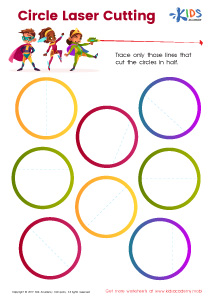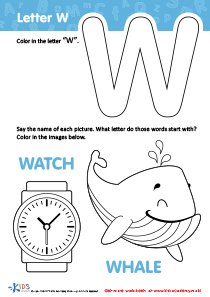Normal Difficulty Second Grade ABC Worksheets - Page 2
32 filtered results
-
From - To
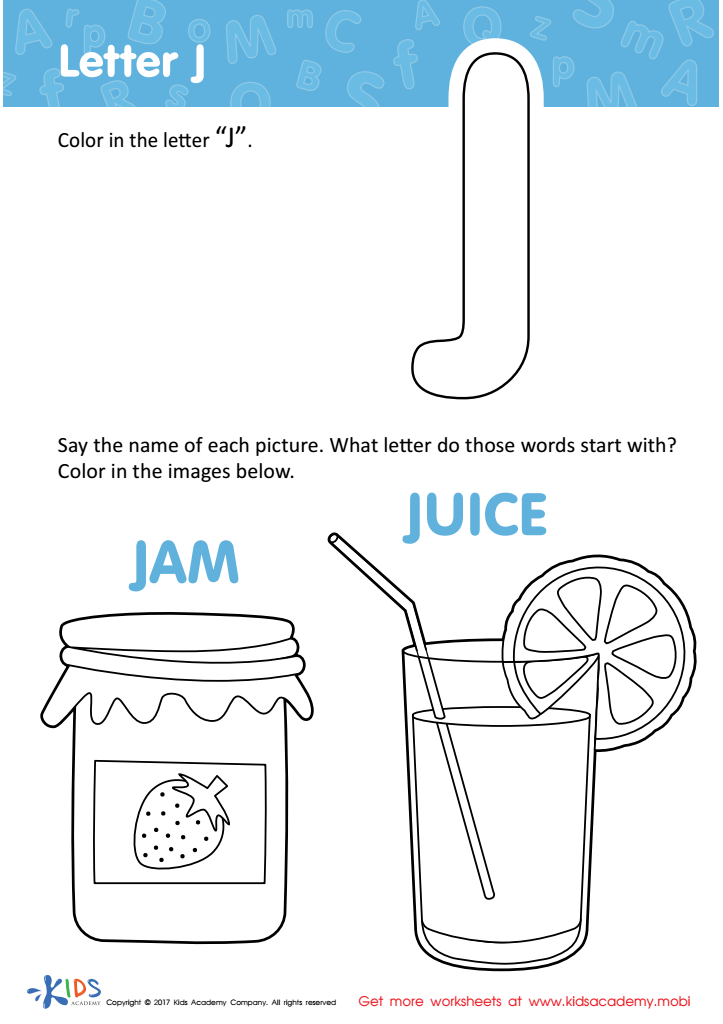

Letter J Coloring Sheet
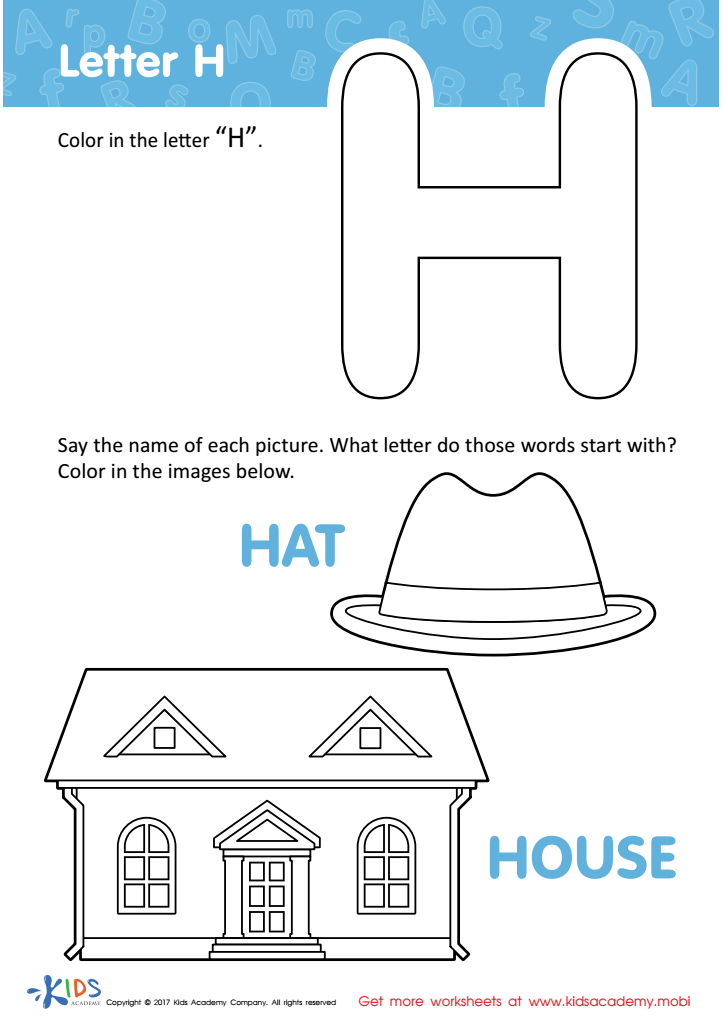

Letter H Coloring Sheet
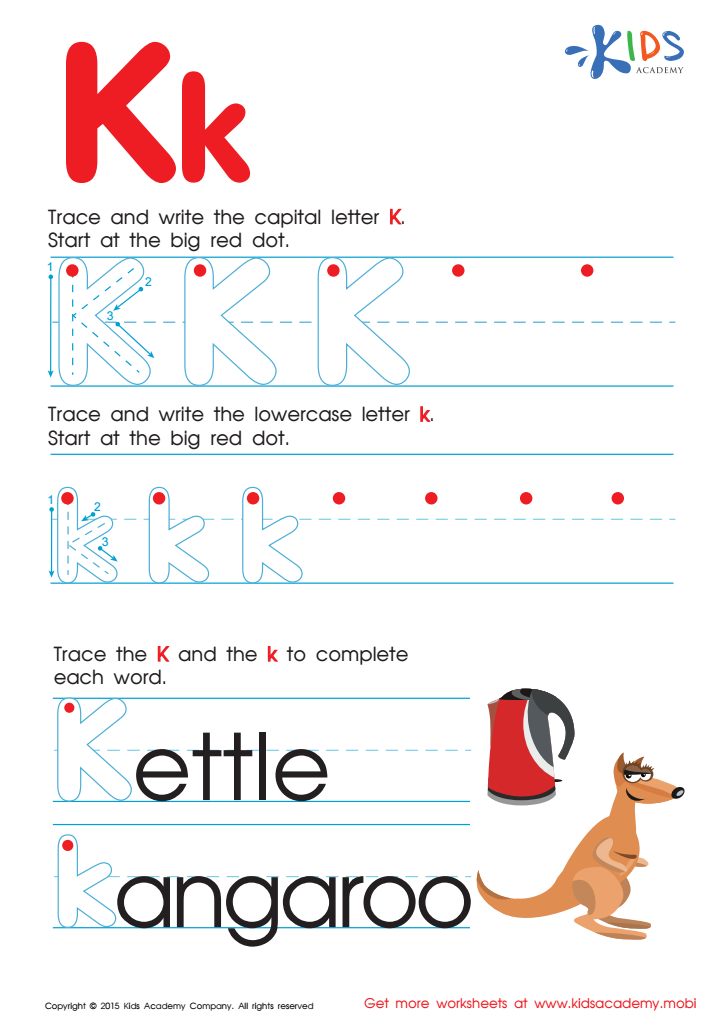

Letter K Tracing Page


Letter K Coloring Sheet


Letter F Tracing Page
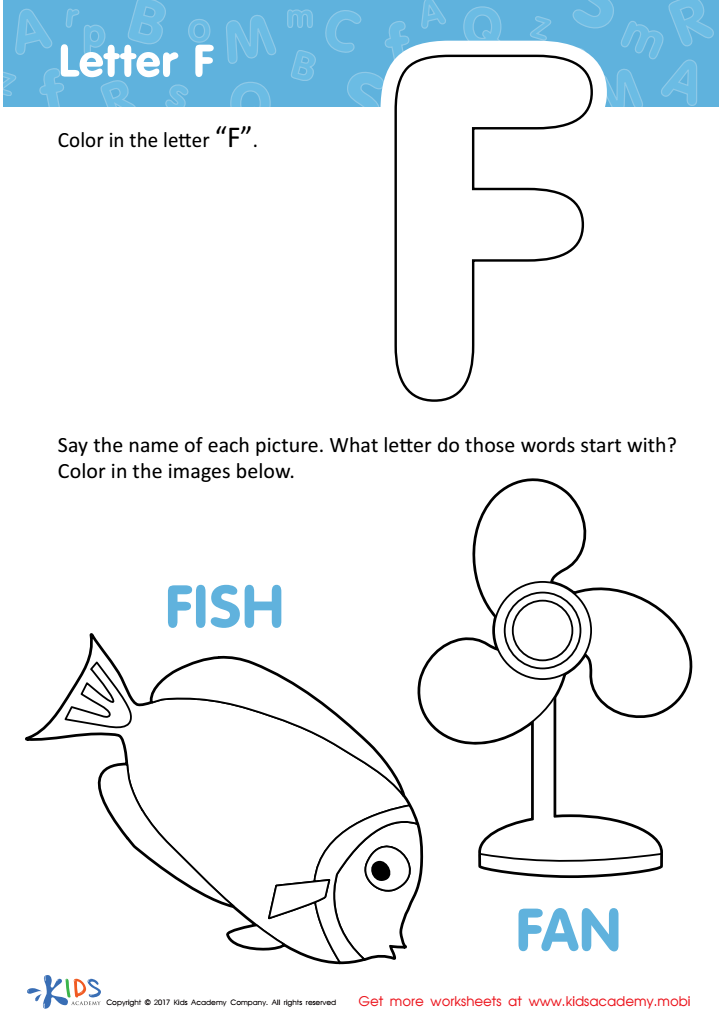

Letter F Coloring Sheet
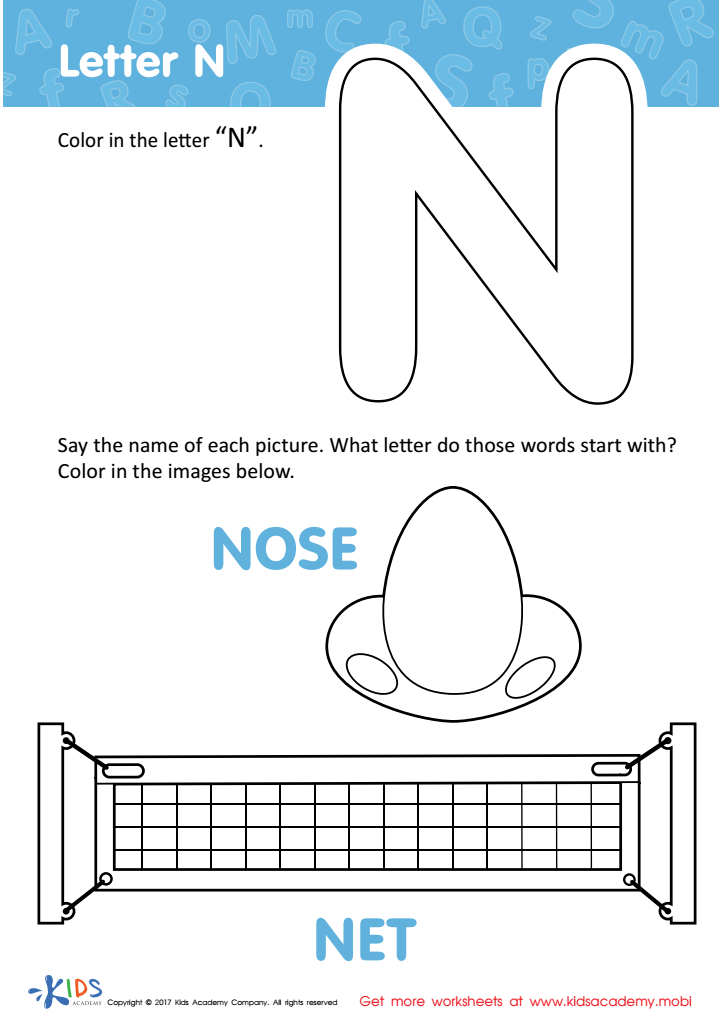

Letter N Coloring Sheet
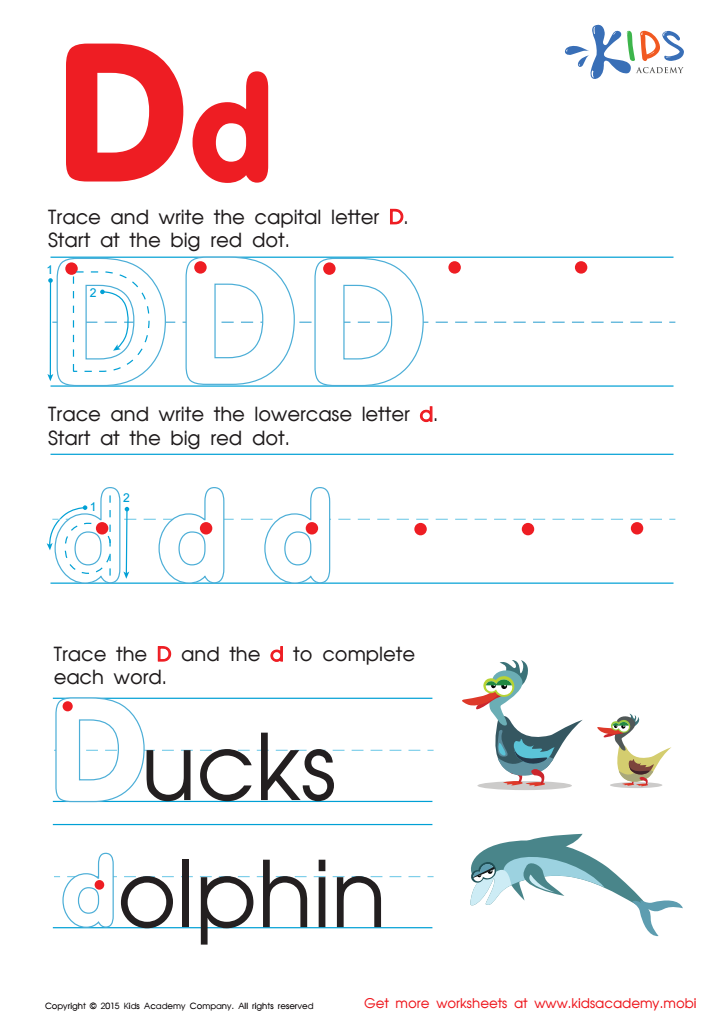

Letter D Tracing Page
The Importance of Normal Difficulty Worksheets on ABC Letters in Grade 2
ABC letters are among the basic skills that each student should learn in Grade 2. It is important to master these skills, as they are the foundation of reading and writing, which are key components of academic learning. There are different methods of teaching ABC letters; however, one of the most popular and effective ways is through the use of Normal Difficulty worksheets on ABC letters.
Normal Difficulty worksheets on ABC letters offer a hands-on approach to learning and practicing these fundamental skills. These worksheets come in various formats, including abc printables, ABC tracing worksheets, letter worksheets, and ABC tracing sheets, among others. They are designed to introduce students to the alphabet, help them recognize and name the letters, and learn how to write them correctly.
One key advantage of ABC worksheets is that they provide a way for students to learn at their own pace. Learning to read and write ABC letters can be challenging and overwhelming for some students, but with Normal Difficulty worksheets, they can take their time and practice over and over again until they feel comfortable. Additionally, these worksheets are designed to be self-explanatory, making them easy to use without a lot of guidance from the teacher.
The use of these worksheets has been proven to enhance learning outcomes. Studies have shown that students who use ABC tracing sheets and other Normal Difficulty worksheets tend to develop better letter recognition and writing skills than those who do not. This is because the worksheets are designed to promote hand-eye coordination, fine motor skills, and muscle memory, which are all essential for developing sound writing skills.
Another significant benefit of using Normal Difficulty worksheets on ABC letters is that they can be customized to meet the specific needs of individual students. For instance, students who struggle with fine motor skills can use ABC tracing worksheets to help them write the letters correctly. Similarly, students who are visual learners can use ABC printables to learn the letters using visual aids.
The use of Normal Difficulty worksheets on ABC letters not only helps students to develop basic literacy skills but also helps to foster their creativity. Students can learn to combine the letters to form words and sentences, which is critical for their reading and writing development. With the help of these worksheets, students can learn to write words and sentences using proper grammar and syntax, which helps to develop their communication skills.
In conclusion, Normal Difficulty worksheets on ABC letters are useful in Grade 2 because they provide a hands-on approach to learning the alphabet. They allow students to learn at their own pace, develop a strong foundation in reading and writing, and foster their creativity.
 Assign to the classroom
Assign to the classroom

